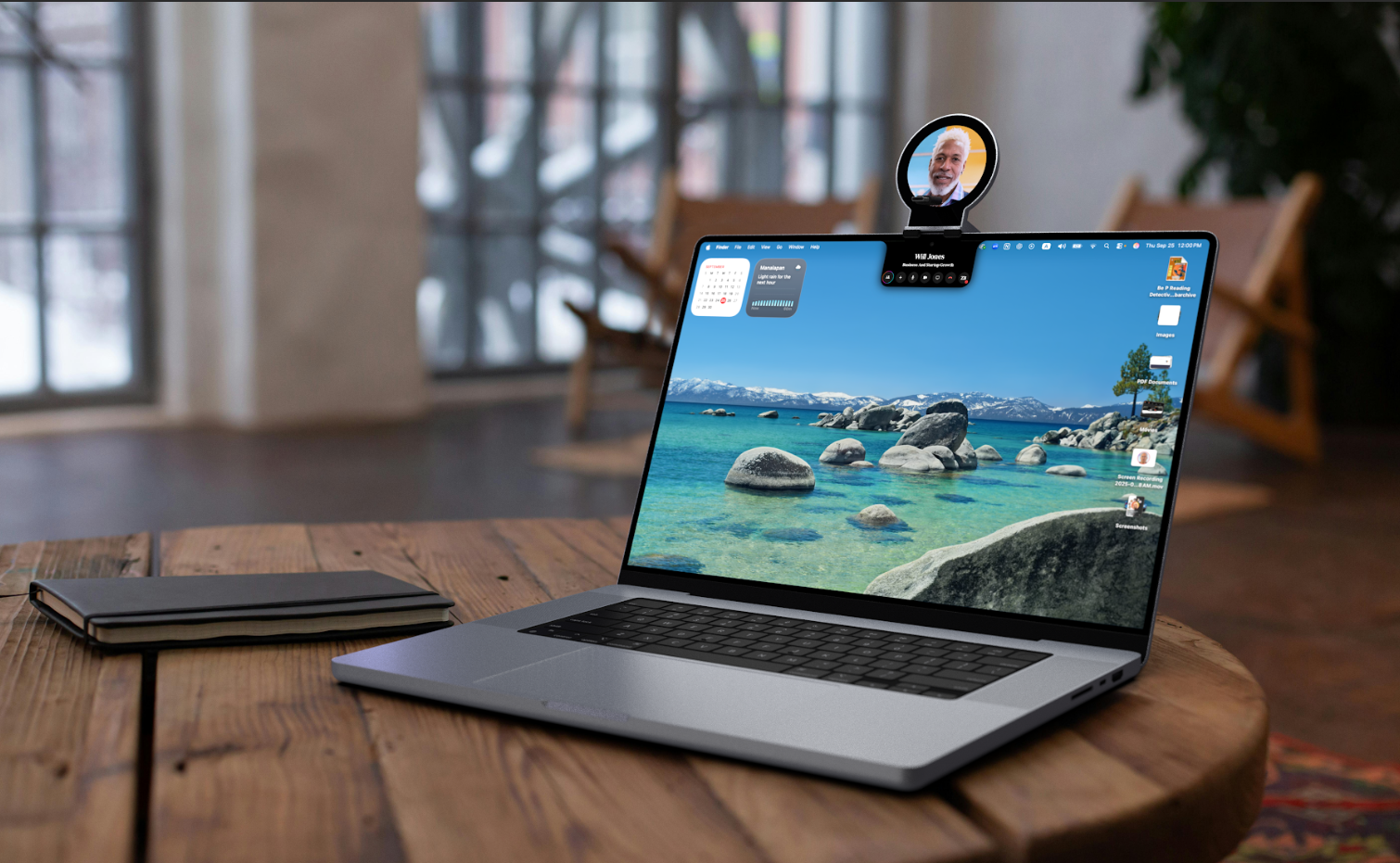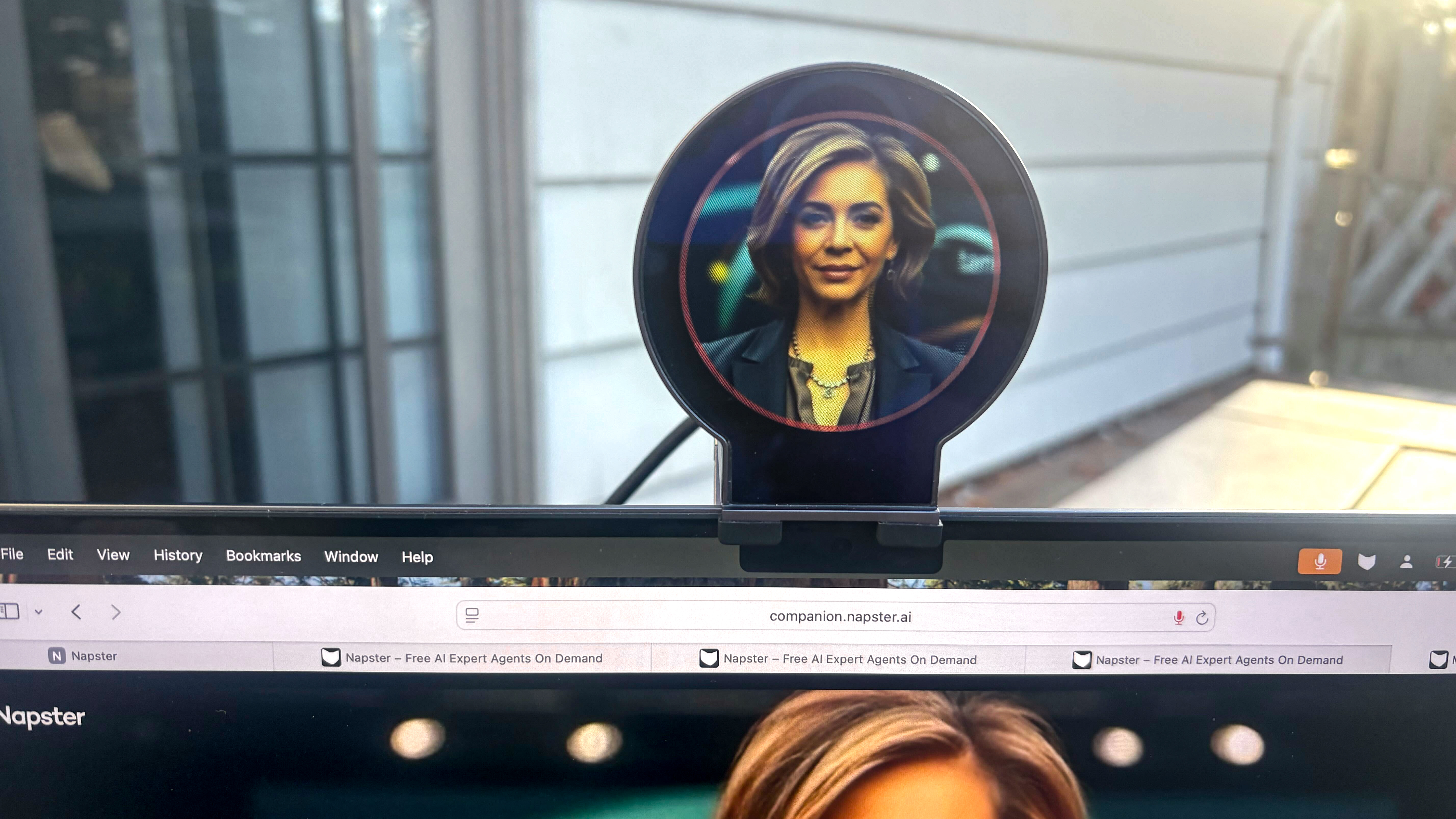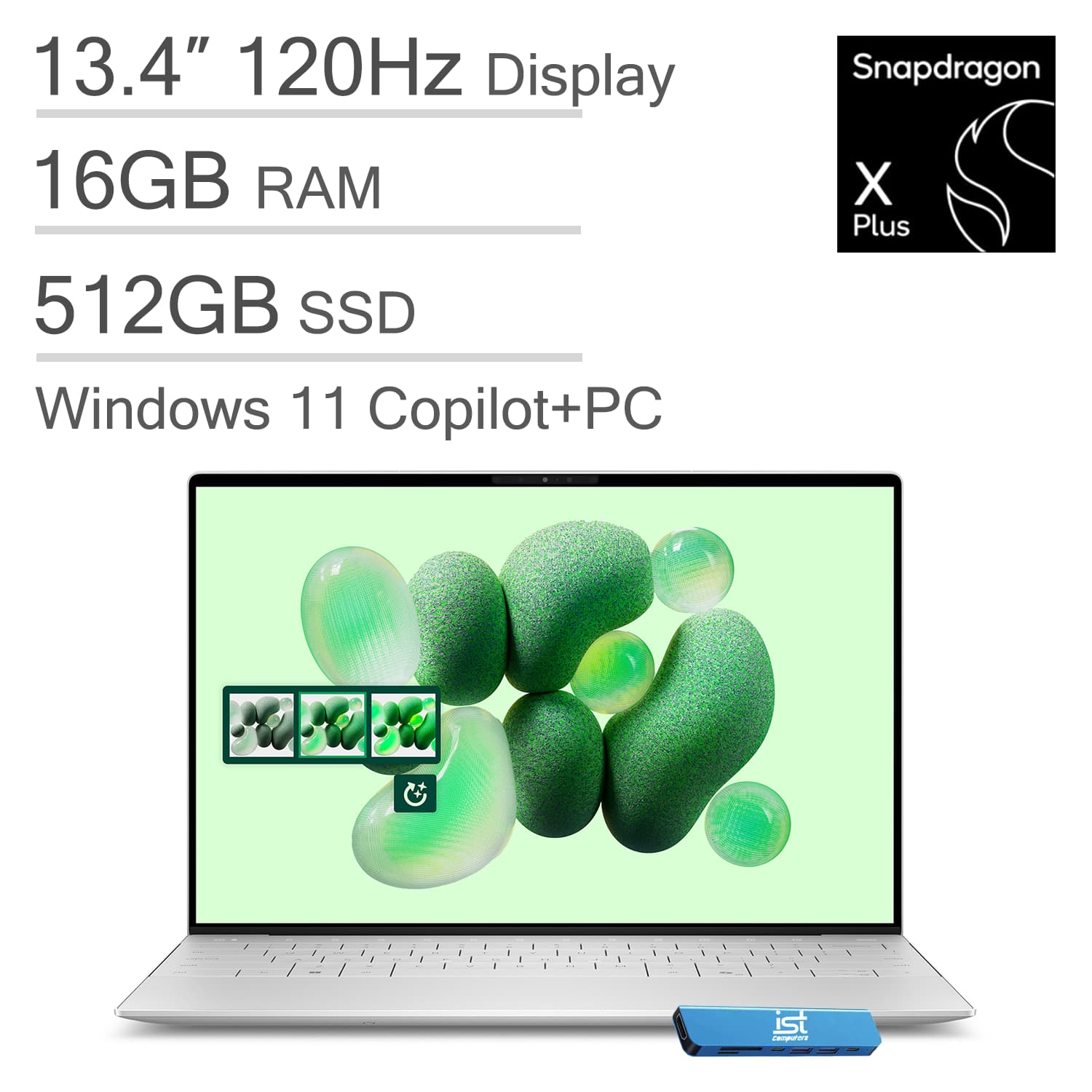Remember Napster? It’s back with holograms that talk and watch your every move
Napster’s comeback is surprisingly futuristic

If you grew up downloading songs off Napster in the early 2000s, you might do a double take at what the brand has become. The company, acquired by Infinite Reality, has reinvented itself as a spatial-AI platform, complete with holographic hardware and a suite of “embodied” assistants you can actually video-chat with. Think of it as FaceTiming an AI coworker who lives on your desk
That’s the idea behind Napster Companion (the software) and Napster View (the hardware). AI agents are something we are seeing a lot more of lately. We've seen them from OpenAI and Microsoft but what makes Napster's AI agents different is that they feel much more life-like. Agents such as fitness experts, financial consultants, creative directors, or even custom personalities you design, all have faces.
While you can use the software in your browser, the features and accompanying Napster View are only available on macOS at this time. After giving Napster View a test run, here are my thoughts, likes and dislikes after spending time with the hologram Companions for a weekend.
Getting started: setup and first impressions

Setting up Napster Companion was fairly simple. After installing the desktop app and plugging in the View device via USB-C, the 2-inch display immediately came to life, projecting a small 3D avatar that felt like a mix between a hologram and a mini-Zoom window. The setup for the device was essentially plug and play.
I started by going to napster.ai and selected a persona. There are so many to choose from that the site itself reminded me of MasterClass. For example, users can choose from AI personas such as “Wellness Coach Maya” and “Financial Analyst Leo.” Once you’re logged in (even on a PC), you can start talking. There’s no prompt bar, just voice conversation. You’ll know it’s working when the Companion says your name.
Napster View is a spatial computing platform that blends holographic visuals, AI avatars and immersive audio to create a next-generation entertainment experience. It lets users interact with embodied AI companions in real time (think holograms that talk back) while integrating music, media and productivity tools in a 3D environment. Best for: curious creators, early adopters, or anyone craving a more human-feeling AI assistant.
Speech recognition was unbelievably fast, which is something I noticed immediately. However, it's not flawless. Occasionally, the Napster View and the companion weren’t completely aligned, which was a little bit like watching a dubbed movie. And sometimes my agent misunderstood casual phrases or background noise. But the face tracking and lip sync were far smoother than early versions of Meta’s avatars or Pi’s video mode.
You can upload files, share screens or ask your agent to generate proposals, summaries and plans in real time. It’s like ChatGPT, but having a face adds a unique layer, that I really like. I can tell that Napster Companion is aimed at professionals who already use AI in their workflow.
What I liked

The novelty actually feels useful. I’ve seen a ton of AI novelty gadgets, and not all are impressive. But what I really like about Napster View is that it’s undeniably cool and useful. It’s like Napster shapeshifted and grew up. It was not as weird as you may think to have an AI “presence” off-screen and almost hovering to help me stay focused. It’s like giving your digital assistant its own space instead of bouncing between browser tabs.
Get instant access to breaking news, the hottest reviews, great deals and helpful tips.
Human-like engagement. I’ve used ChatGPT Voice and Gemini Live and this feels like a step up from both. The video chat format creates a surprising sense of accountability. Asking a human-looking face to summarize meeting notes or proofread copy feels more natural than typing into a chat box or chatting to a faceless AI.
Memory and context. Regardless of what Companion I chose, each one remembered what I’d asked earlier in the day and followed up later. For example, one of them said to me “Did you ever finish that outline?” That persistence felt closer to how a real assistant behaves. As someone with lots of irons in the fire throughout the day, this is the type of nudge I need.
Cross-domain agents. You can swap between experts. For example, I’m dealing with a herniated disk (the worst!) and it was nice to chat with a “fitness expert” about my running injury in between conversations with a “creative strategist” without re-training prompts. Each Companion has their own distinct tone and vocabulary, which gives the illusion of team collaboration.
What I didn’t like

Limited platform support. Right now, Napster Companion and View are optimized for macOS. Windows support is listed as “coming soon.” As a Windows gal, I'm looking forward to the company expanding the experience. However, anyone can use the software without the accompanying hardware in their browser by logging in. Those on Windows or lacking the hardware won’t get the full, integrated experience.
Occasional glitchy moments. Companions are extremely sensitive to anything audible. If you’re in a meeting or get a phone call, forget it! They will start talking and ask you what’s going on, if you’re ready to continue or if you need more time. I really just need them to hush. Additionally, eye contact sometimes lingered a beat too long, and the facial animation occasionally got out of sync from the speech.
Steep price tag. Napster View is $99 and the software starts around $19/month, or $219 annually. While the first month felt premium, I’m not sure the average user will want to pay that indefinitely for what’s essentially a better interface for ChatGPT-style responses. But at the same time, it’s ChatGPT with a face, which I really like. For comparison, ChatGPT Plus is about $19/month.
Privacy questions. Napster claims all conversations are private and exportable, but any service with memory-enabled AI deserves scrutiny. There’s little transparency yet on where the data lives or how it’s used to “personalize” your agent.
Final thoughts
As a huge Napster fan in my twenties, I have to say, I’m happy to see what the company has become. Napster View feels like the futuristic direction that AI needs to go, especially when it comes to chatbots.
I appreciate having a face to match a voice so I’m not just chatting into the void. The hologram aspect adds a surprising charm to an already useful interaction.
The setup blends novelty and functionality — an AI assistant you can see rather than just hear — and that alone makes it one of the most intriguing experiments in human-AI interaction I’ve tried lately.
Still, at $99 for the device and $19/month for the software, this is an investment for early adopters more than everyday users. It’s a bit like owning the first iPad (fun, futuristic and a little ahead of its time), but might be worth waiting for the next-gen features.
If Napster can iron out the quirks, expand platform support, and give users more control over privacy and memory, this holographic sidekick could genuinely change how we work with AI.

Follow Tom's Guide on Google News and add us as a preferred source to get our up-to-date news, analysis, and reviews in your feeds.
More from Tom's Guide
- This surprising AI study flips the script on job loss — here’s who wins big
- I’ve been using Alexa+ for 3 months — here are my 5 favorite features (and one I’m not a fan of)
- Google Home is rolling out a major AI upgrade — here’s what to try first

Amanda Caswell is an award-winning journalist, bestselling YA author, and one of today’s leading voices in AI and technology. A celebrated contributor to various news outlets, her sharp insights and relatable storytelling have earned her a loyal readership. Amanda’s work has been recognized with prestigious honors, including outstanding contribution to media.
Known for her ability to bring clarity to even the most complex topics, Amanda seamlessly blends innovation and creativity, inspiring readers to embrace the power of AI and emerging technologies. As a certified prompt engineer, she continues to push the boundaries of how humans and AI can work together.
Beyond her journalism career, Amanda is a long-distance runner and mom of three. She lives in New Jersey.
You must confirm your public display name before commenting
Please logout and then login again, you will then be prompted to enter your display name.











